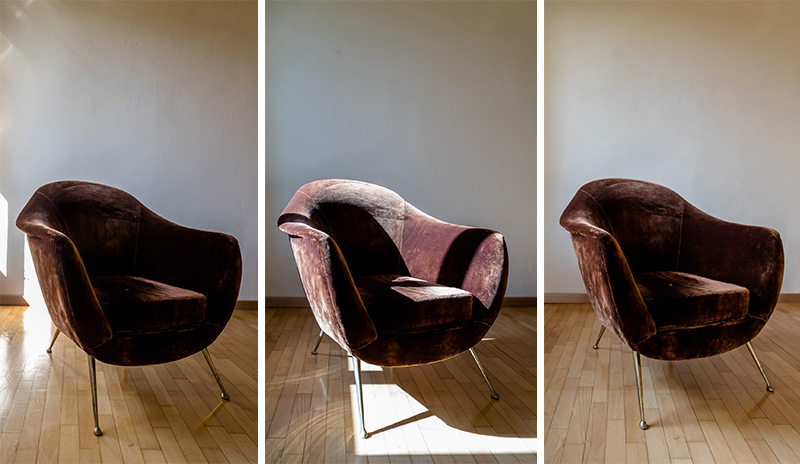What does it mean visual perception? Why do we like a colour? Why do we get emotional
for a colour?

Human visual perception is the capacity to percept the surrounding environment through the light that penetrates our eyes. From a physiological point of view, visual perception happens when the eye focuses the light on the retina where a layer of photoreceptors changes the light into a series of electrochemical signals for the brain. Visual perception is located in the cerebral cortex. These electrochemical signals are transmitted through the optical nerve and the thalamus, a process that, based on the studies, lasts only 13 milliseconds. The sight therefore begins in the eye that receives the inputs as light and is concluded in the brain that interprets the inputs and give us back the information, we require from the inputs received through different sensation to which we have given different names: the name of the colours. Colour is therefore the definition we give to a specific cerebral perception we get whilst looking to an object, or to the surface of an object through the light. Our perception therefore depends on the interaction between the typology of the lighted surface and the quality of light. Also, from this reaction of the brain system to this interaction, depends some specific sensations tied to the colour, for example the sense of weight, for which objects with the same form, dimension and weight, but of different colour, can cause to the viewer a sensation of different heaviness. Light colours are considered lighter, white being the lightest colour at all. Comparing colours of likewise lightness, the desaturated colours are perceived as lighter. Darker colours are considered heavier, with black being the heaviest.
According to the first postulate of GRASSMANN (1809-1877 German, professor of mathematics, the one who started to define the theory of measuring colour today defined as Colorimetry)” a colour perception is defined completely by three dimensions: shade, saturation, clarity”.
Shade: the first step in order to define a colour is to compare it with known colour as a red, green or another colour.
Saturation: we have then to define how vivid is the colour, which means how pure it is or how much white or black it includes.
Clarity: we will indicate how much the colour looks light or dark compared with a white looking surface.
Combining these three dimensions we will obtain the intrinsic colour, but when we talk about individual perception it is vital to consider also the apparent colour and the perceived colour. The apparent colour is the one we see, and varies from the intrinsic colour in function to the distance, light conditions, light temperature, eventually shadows areas, and so on.

The perceived colour, on the other hand, enters the sphere of perception and therefore becomes subjective and filtered by culture, experiences and skills. When we talk about colour in the textile sector, all these aspects are going to be activated and emphasized at the same time by the play of the threads allowed by the weaving. Furthermore, besides the intrinsic colours, it is amazing to discover each time the different effects created by the weaving technique such as shades, tones, nuances and brilliance. The apparent colour and the perceived colour play the key-role as the game of colours among the different threads of weft and warp, combined with the combination of texture and patterns, allows to weave each time we create a new collection, a new incredible story.

